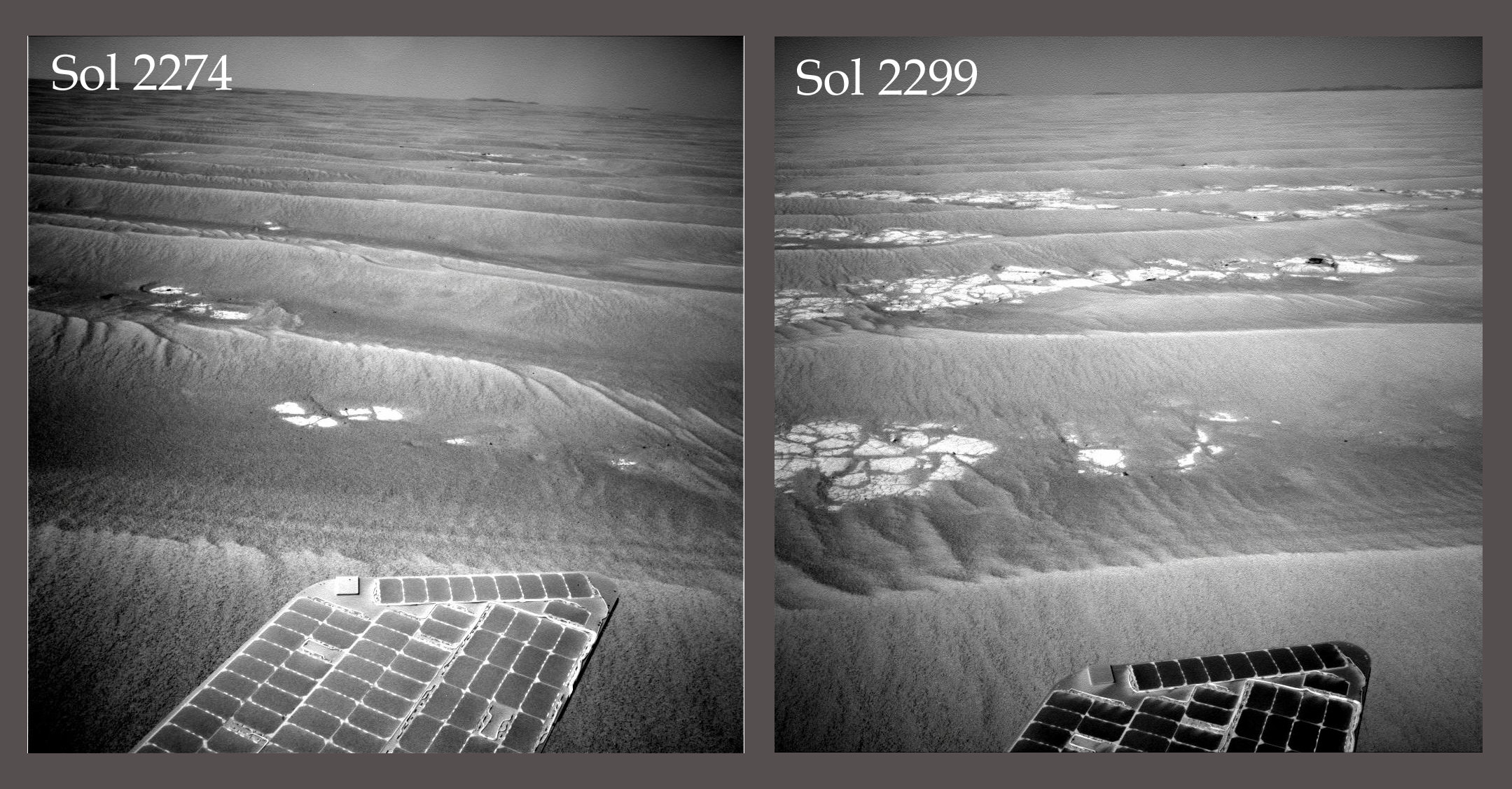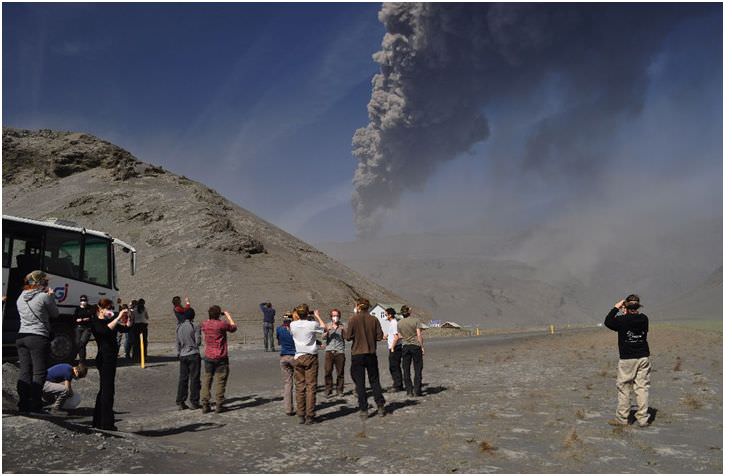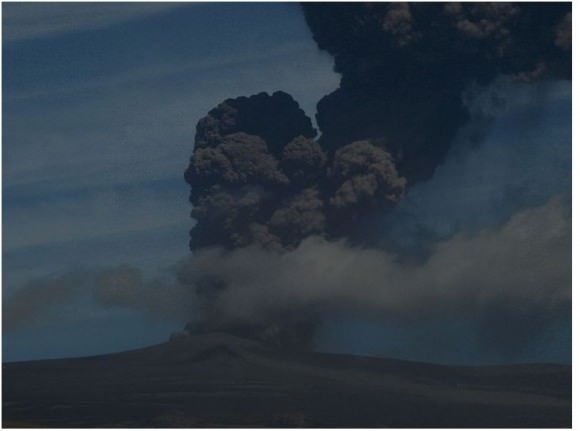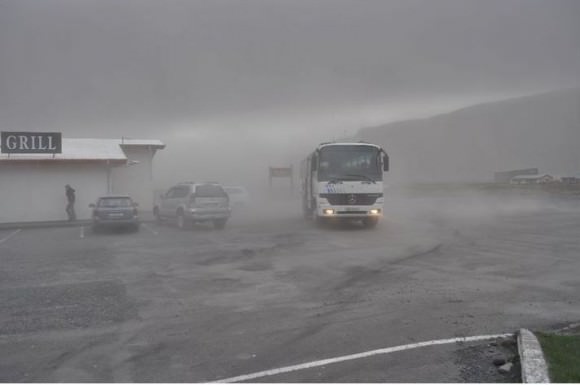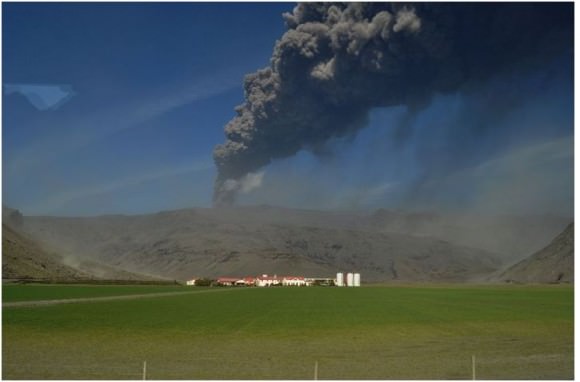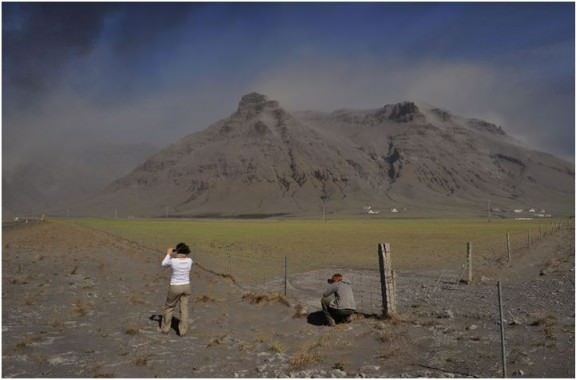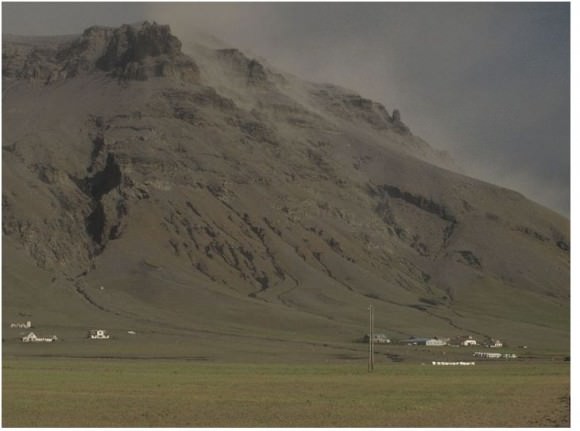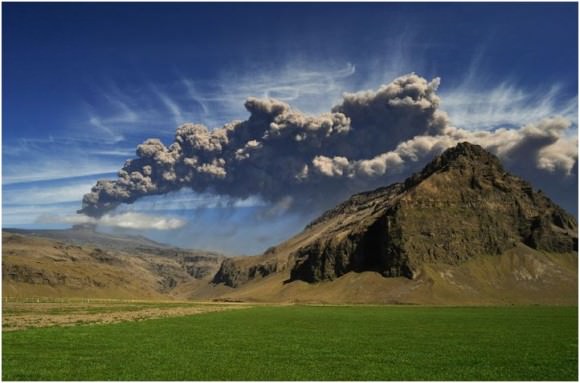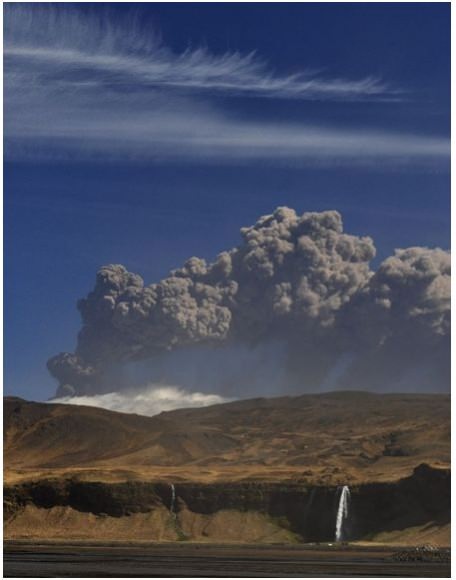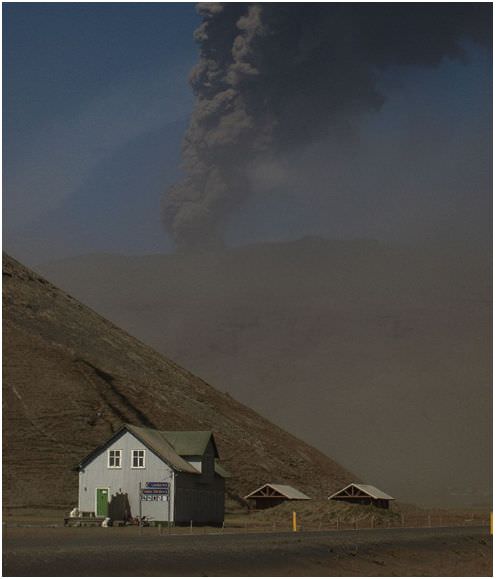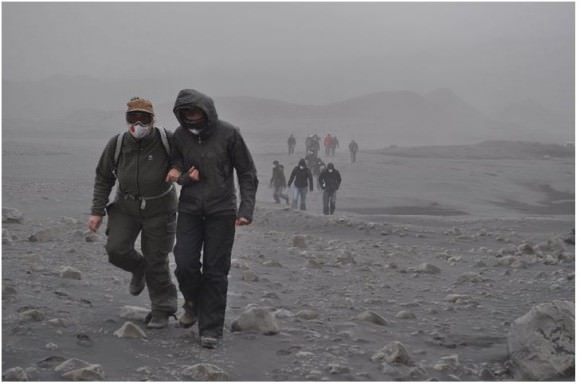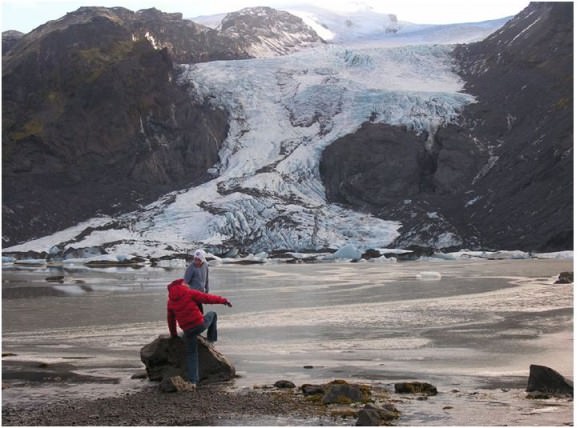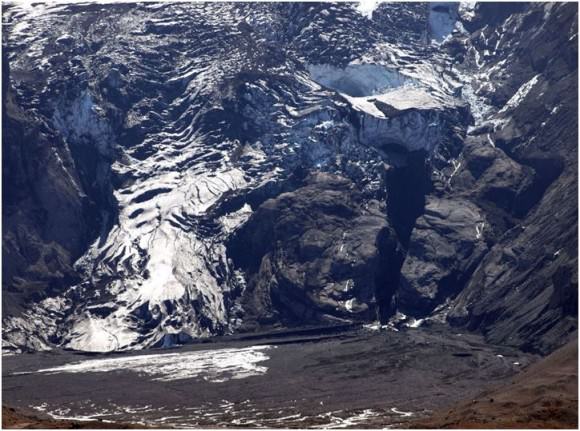[/caption]
Either some little Martians came by and gave the Opportunity rover a quick once-over cleaning, or a recent gust of wind blew layers of dust off her solar panels. The image above (supplied by our favorite photo- whiz Stu Atkinson), shows Oppy’s solar panels on sol 2274 and 2299 (approximately June 18 and July 12 here on Earth) with a marked difference in the amount of dust on the panels. Yesterday, the Twitter account for the rovers, @marsrovers Tweeted: “Love those Martian dust busters! A recent wind gust cleaned Oppy’s solar panels giving her a little power boost for the road.” And on the road she is, heading earnestly for Endeavour Crater, with several recent drives of around 70 meters (230 feet) per sol. But she now has some new autonomous software the rover team is trying out, and with her new greater power capacity, she should be able to keep on truckin’. Mars rover driver Scott Maxwell reported on Twitter this week that Opportunity is 40% of the way from Victoria Crater to Endeavour.
And what’s the latest news about Spirit – still silent?
According to Maxwell (again on Twitter), the power models for sunlight hitting Gusev Crater say the very earliest we could possibly hear from Spirit could be sometime late this week. But he added that more likely would be hearing from Spirit by around mid-November.
But catching Spirit awake is complicated, with timing being everything. “Even if Spirit’s waking up (soon), we’ll have a hard time catching her during one of her wakeups,” Maxwell said. “This will take some luck as well as skill,” having the Mars Reconnaissance Orbiter or Mars Odyssey overhead and listening at the very moment Spirit is talking. Maxwell added that the team is working on how to locate Spirit if she’s had a Mission Clock fault and doesn’t know how to send communications to Earth.
It is very likely that Spirit has experienced a low-power fault and has turned off all sub-systems, including communication and gone into a deep sleep. While sleeping, the rover will use the available solar array energy to recharge her batteries. When the batteries recover to a sufficient state of charge, and if the Mission Clock hasn’t gone completely bonkers, Spirit will wake up and begin to communicate.
Spirit’s odometry remains at 7,730.50 meters (4.80 miles).
But meanwhile, Oppy’s total odometry is 21,550.77 meters (21.55 kilometers, or 13.99 miles), and she’ll be putting on more as she heads towards Endeavour Crater. Maxwell later said he has an idea to speed up the rover’s drives as much as 30%, so that will be interesting to find out more about his idea. “A 30% speedup would shave 2-3 months off our trip to Endeavour — maybe even more than that. Worth a try! Phyllosilicates, here we come!,” he tweeted, referring to the water-based minerals that scientists are hoping to find within the crater. That would mean water helped form the rocks in Mars’ early history.
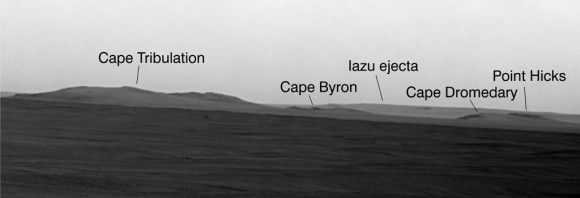
Speaking of Endeavour, recently, NASA and JPL released an image showing the newly-given names of different points on Oppy’s next destination, and there’s a push by some people in Australia for one additional feature to be named “Nobby’s Head.”
The rover team is using the theme of names of places visited by British Royal Navy Capt. James Cook in his 1769-1771 Pacific voyage in command of H.M.S. Endeavour. My friend Col Maybury from radio station 2NUR in Newcastle, New South Wales, Australia is helping to promulgate this request to NASA, with the support of the Minister of Tourism and Newcastle’s Lord Mayor. “Hopefully we will get a favourable reply soon,” Col wrote me.
Cook first came to this location in May of 1770. At midnight by moonlight he saw an island jutting up from the sea and wrote in his journal: “A small round rock or Island, laying close under the land, bore South 82 degrees West, distance 3 or 4 Leagues.”
Now called Nobby Head, it is the entrance of Newcastle Harbour, formed by the Hunter River, a great coal port of New South Wales. The feature on Mars is the same shape as Nobby Head on Earth. Wish Col and the people of Newcastle good luck in their “endeavour” to name this feature! (Anyone from the rover team naming committee reading this?!)
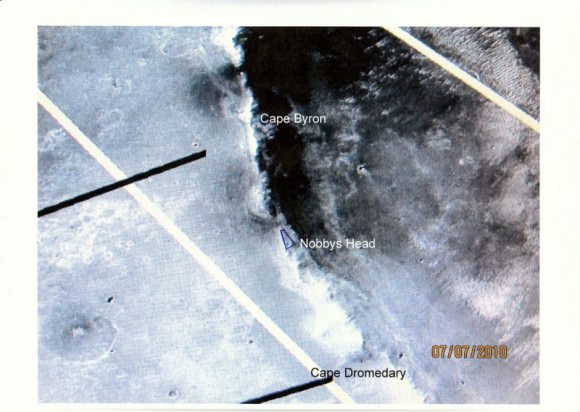
And don’t forget, Friday July 16 is Mars Day! The National Air and Space Museum has some ideas on how to celebrate.

